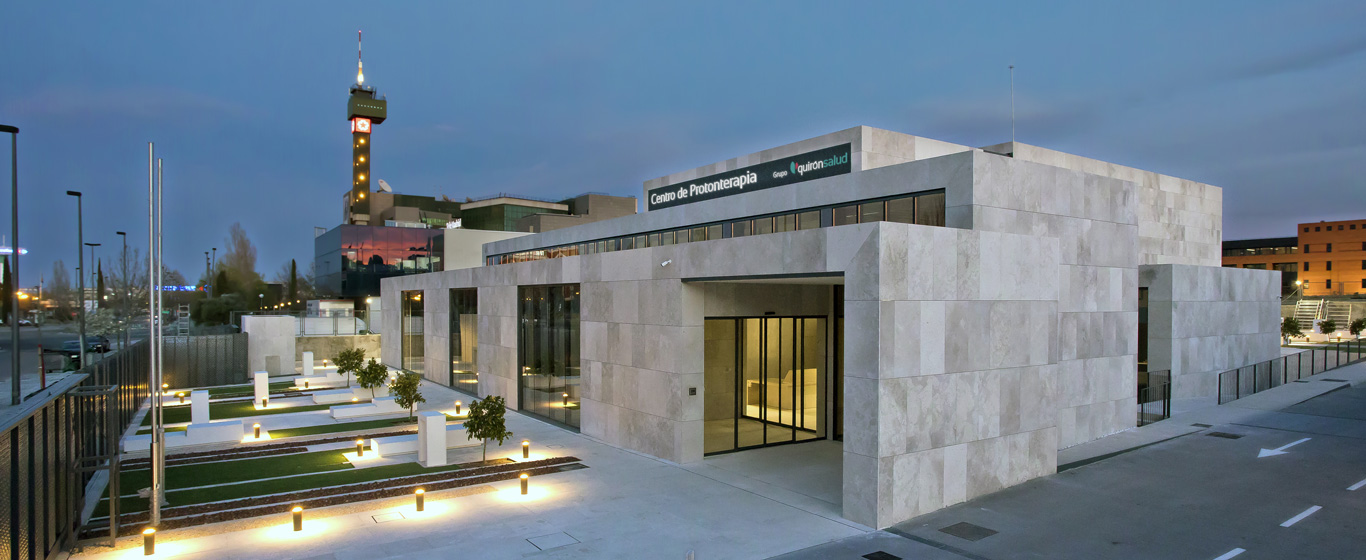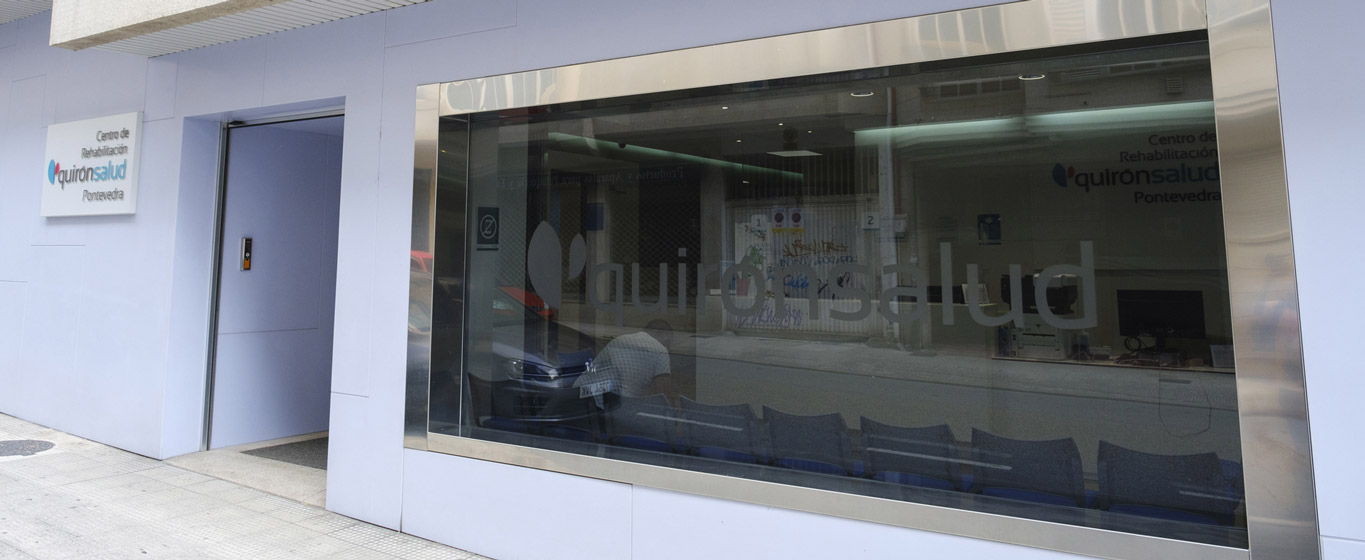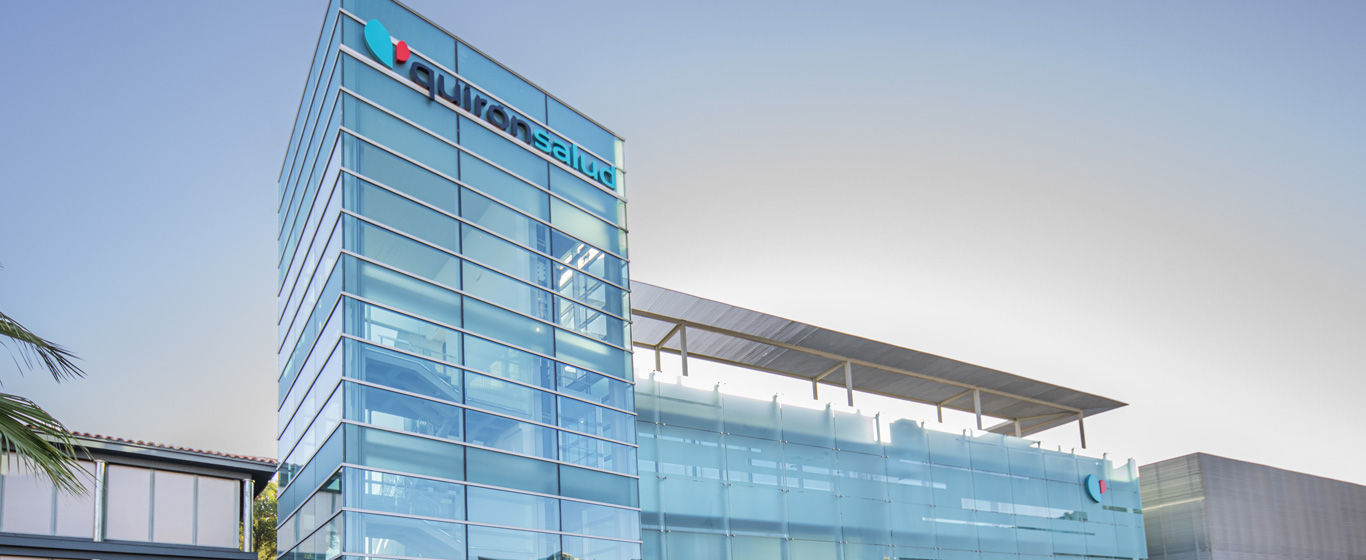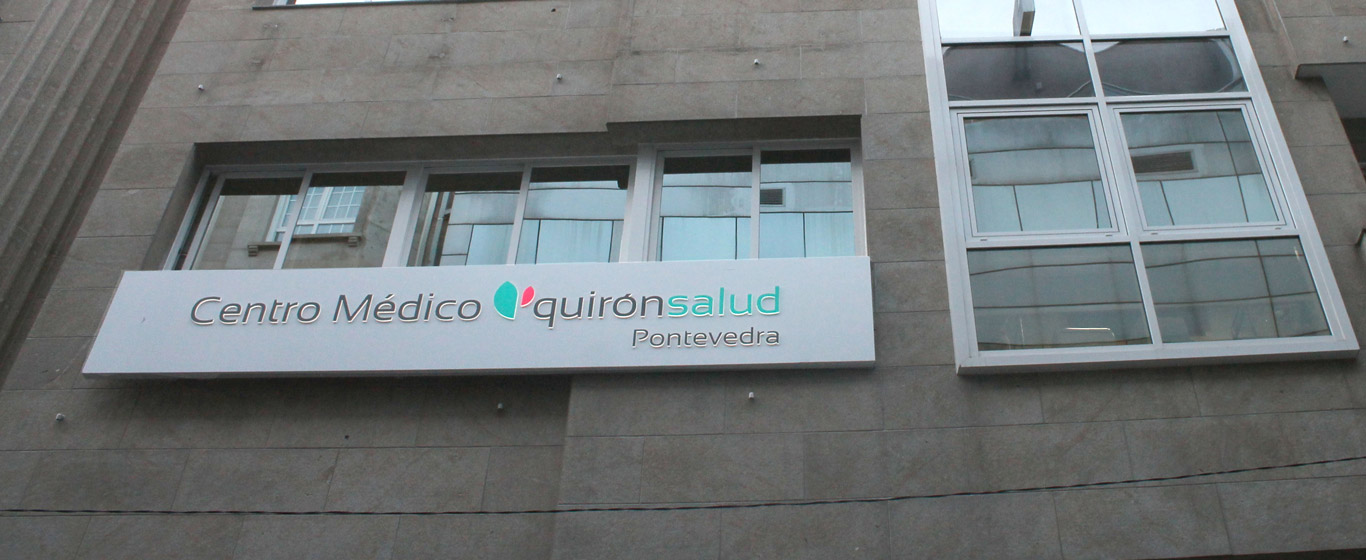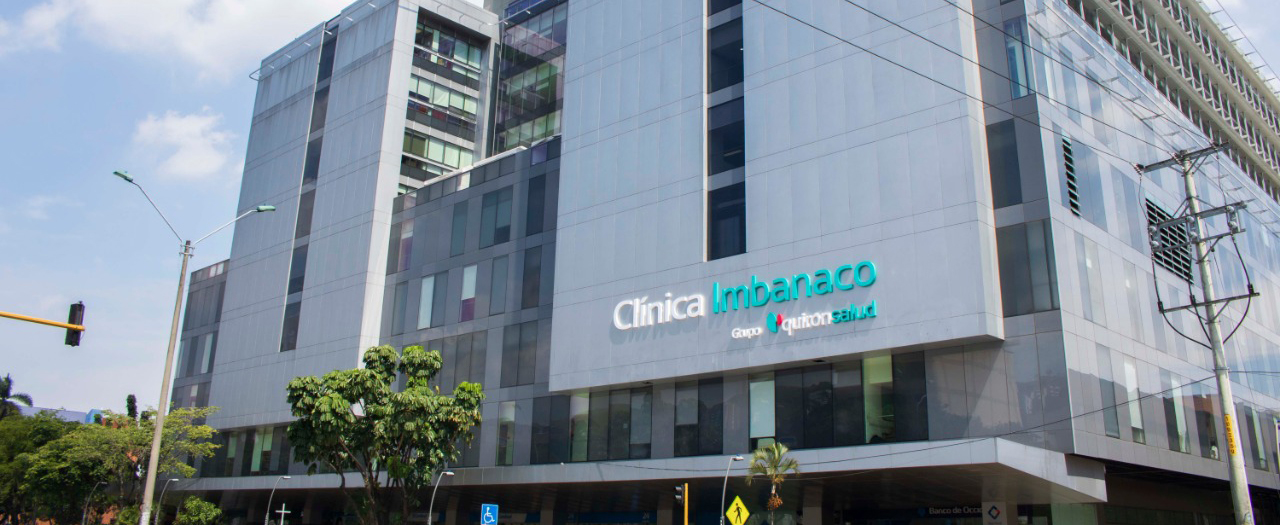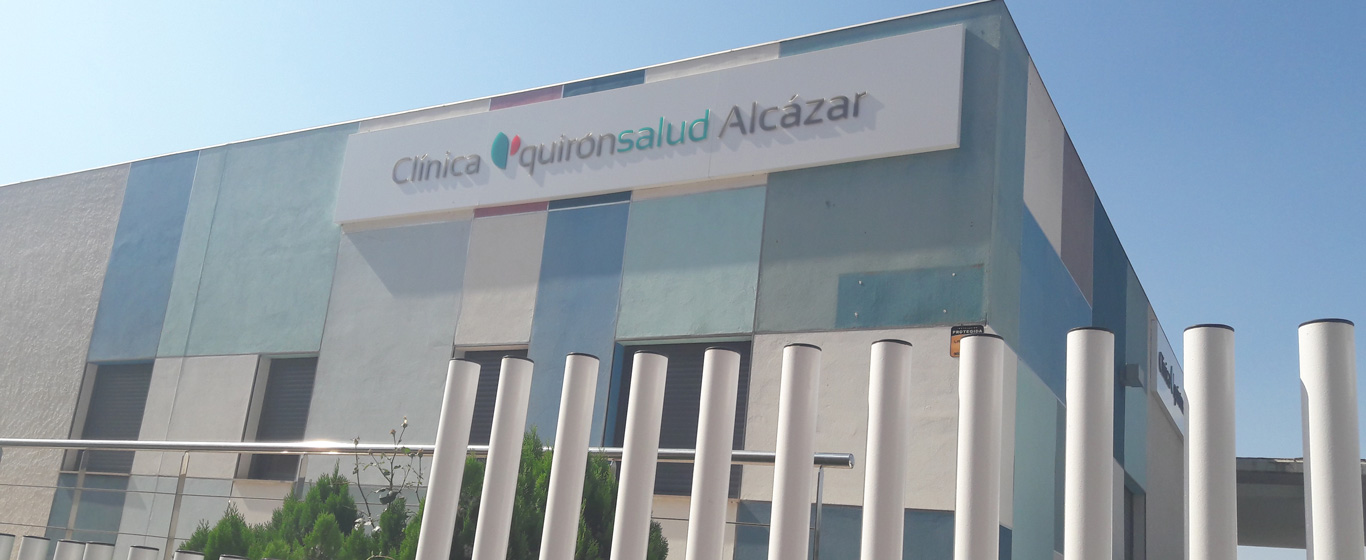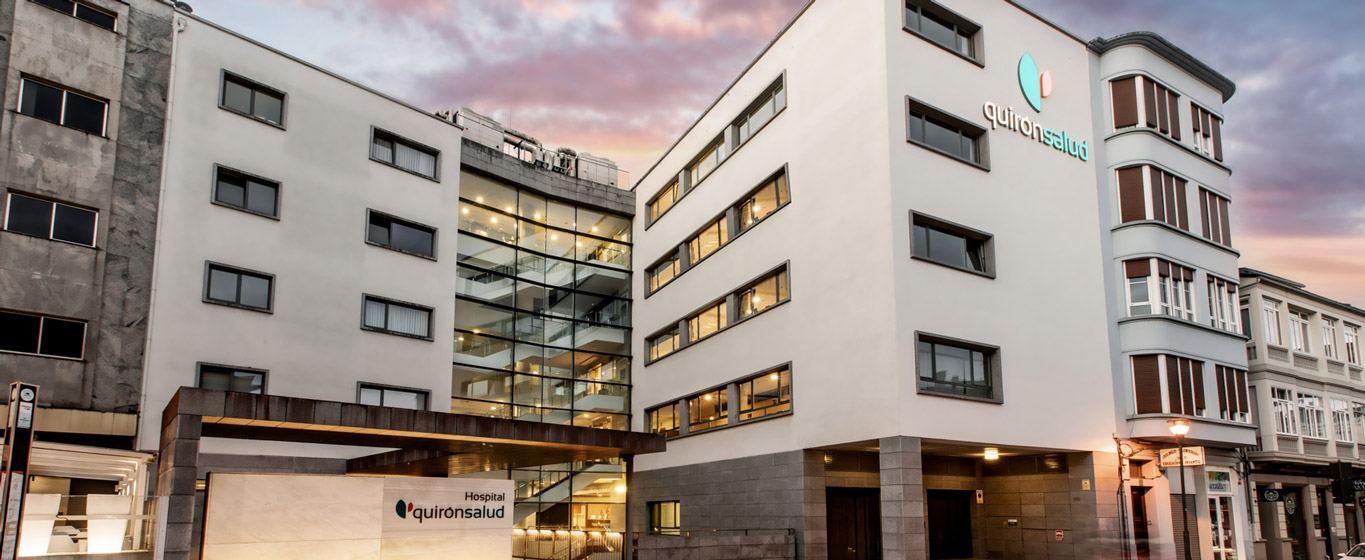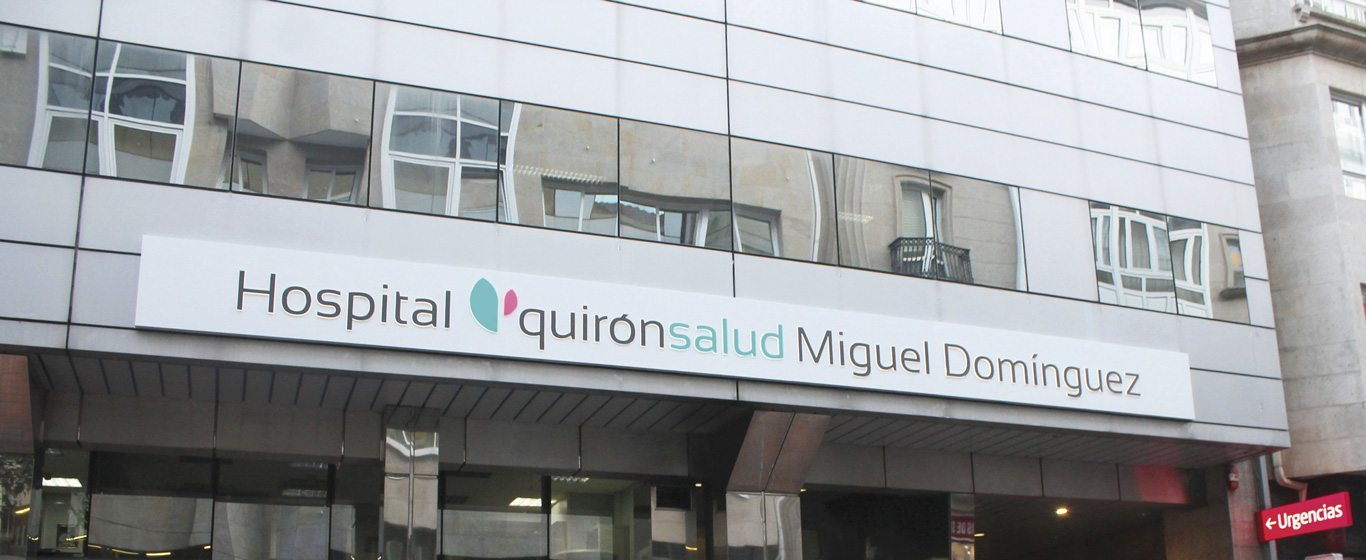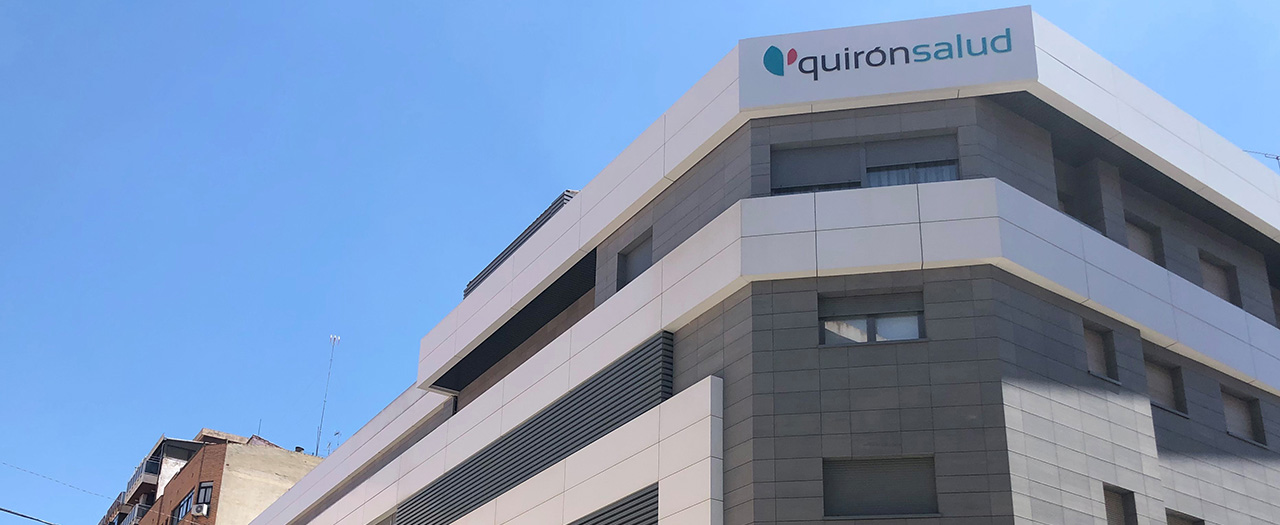Muscle Biopsy
A muscle biopsy is a test that involves extracting and analyzing a sample of muscle tissue in a laboratory. The tissue sample can be obtained through needle aspiration or surgical excision.

General Description
A muscle biopsy involves removing a small sample of muscle tissue for microscopic analysis in a laboratory.
There are two different techniques for performing a muscle biopsy:
- Needle or percutaneous biopsy: A needle is used to collect the sample.
- Open biopsy: The sample is obtained through surgical excision. This procedure is chosen when a larger sample is needed.
When is it indicated?
A muscle biopsy is used to diagnose neuromuscular and metabolic diseases that affect the muscles, as well as to evaluate disease progression and staging. It also helps distinguish between myopathies (muscle tissue disorders) and neuropathies (nerve disorders affecting the muscles). Thus, it is usually indicated when a patient experiences muscle pain, cramps, or weakness without an apparent cause.
Conditions that can be diagnosed through a muscle biopsy include:
- Congenital muscle disorders, such as muscular dystrophies, congenital myopathy, or Friedreich’s ataxia.
- Parasitic infections, such as trichinosis or toxoplasmosis.
- Immune disorders, such as myasthenia gravis.
- Autoimmune inflammatory diseases, such as polymyositis or dermatomyositis.
- Degenerative diseases, such as amyotrophic lateral sclerosis (ALS).
How is it performed?
A needle biopsy involves inserting a needle with a syringe to extract the sample by aspiration. It is common to use the same puncture site to collect multiple samples by directing the needle toward different points.
An open muscle biopsy requires making an incision of about three to five centimeters in the skin to reach the muscle. Portions of muscle tissue are removed using surgical scissors.
In both cases, the muscle chosen for the biopsy depends on symptoms such as weakness or pain. In cases of generalized or diffuse muscle involvement, large and easily accessible muscles such as the biceps, quadriceps, or deltoid are usually biopsied. However, performing a biopsy on a muscle that has recently undergone an electromyography (a test that measures muscle electrical activity) is not recommended, as the procedure may cause changes in the muscle that could affect the biopsy results.
The collected samples must be properly preserved for laboratory analysis. To ensure this, they are immediately fixed with formaldehyde (CH₂O) and stored in a sterile, sealed container to prevent oxidation or degradation. Each tissue sample is sliced into thin sections for microscopic examination. Staining techniques are commonly used to enhance visualization of cellular structures and potential abnormalities.
Risks
Mild pain or swelling at the biopsy site may occur, which can be relieved with common pain relievers. More serious complications, such as bleeding, wound infection, or hematoma formation, are possible but rare. In exceptional cases, sensory nerves may be damaged during the procedure, leading to sensory disturbances (paresthesia).
What to expect from a muscle biopsy
Before the procedure begins, the patient must remove clothing covering the area to be examined and lie on their back on the examination table. If undergoing an open biopsy, sedation may be administered beforehand.
After cleansing and sterilizing the biopsy site, a local anesthetic is injected. During a needle biopsy, the patient may feel pressure or a pulling sensation as the sample is collected. In an open biopsy, mild pain or discomfort may occur when muscle tissue is excised.
Once the sample is obtained via aspiration, the needle is removed, and pressure is applied to the puncture site for a few minutes to stop bleeding. In an open biopsy, the incision is closed with adhesive strips or sutures, depending on its size. A sterile dressing is then applied to protect the wound.
A muscle biopsy is an outpatient procedure that typically lasts less than 30 minutes. After an open biopsy, the patient remains in a recovery area for about an hour to monitor for complications and, if sedation was used, to allow its effects to wear off. Once at home, the patient should keep the wound clean and dry and limit physical activity, particularly in the biopsied muscle. It is normal to experience some soreness or tenderness in the area for several days, but common pain relievers are usually sufficient to manage discomfort.
Medical specialties that request muscle biopsies
A muscle biopsy may be ordered by specialists in oncology, neurology, neurophysiology, or rheumatology. The tissue analysis is performed in the laboratory by pathologists specializing in anatomical pathology.
How to prepare
No specific preparation is required before undergoing a muscle biopsy. However, the patient must sign a consent form, and if taking anticoagulant medications, they may need to discontinue them before the procedure to reduce the risk of bleeding.




